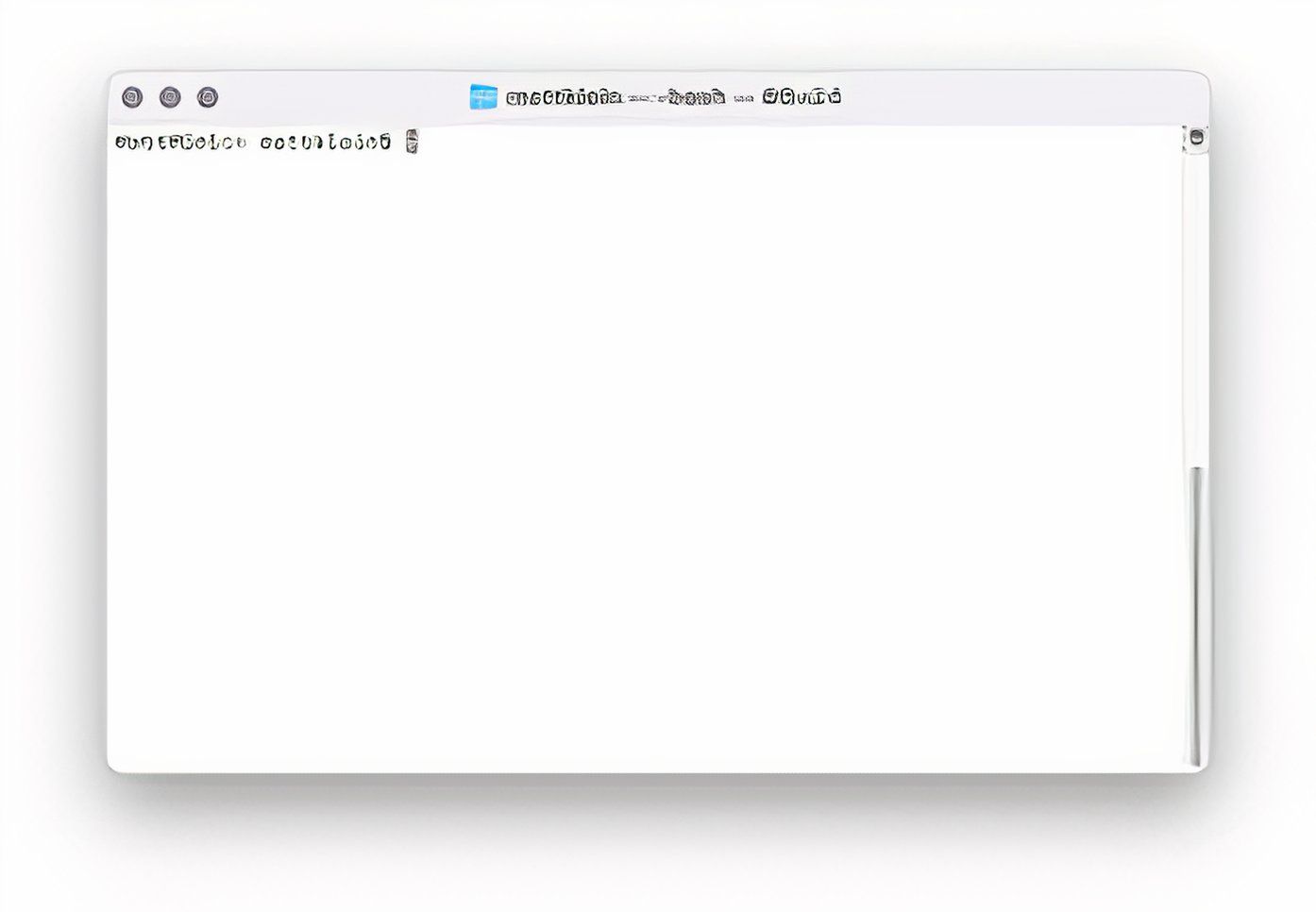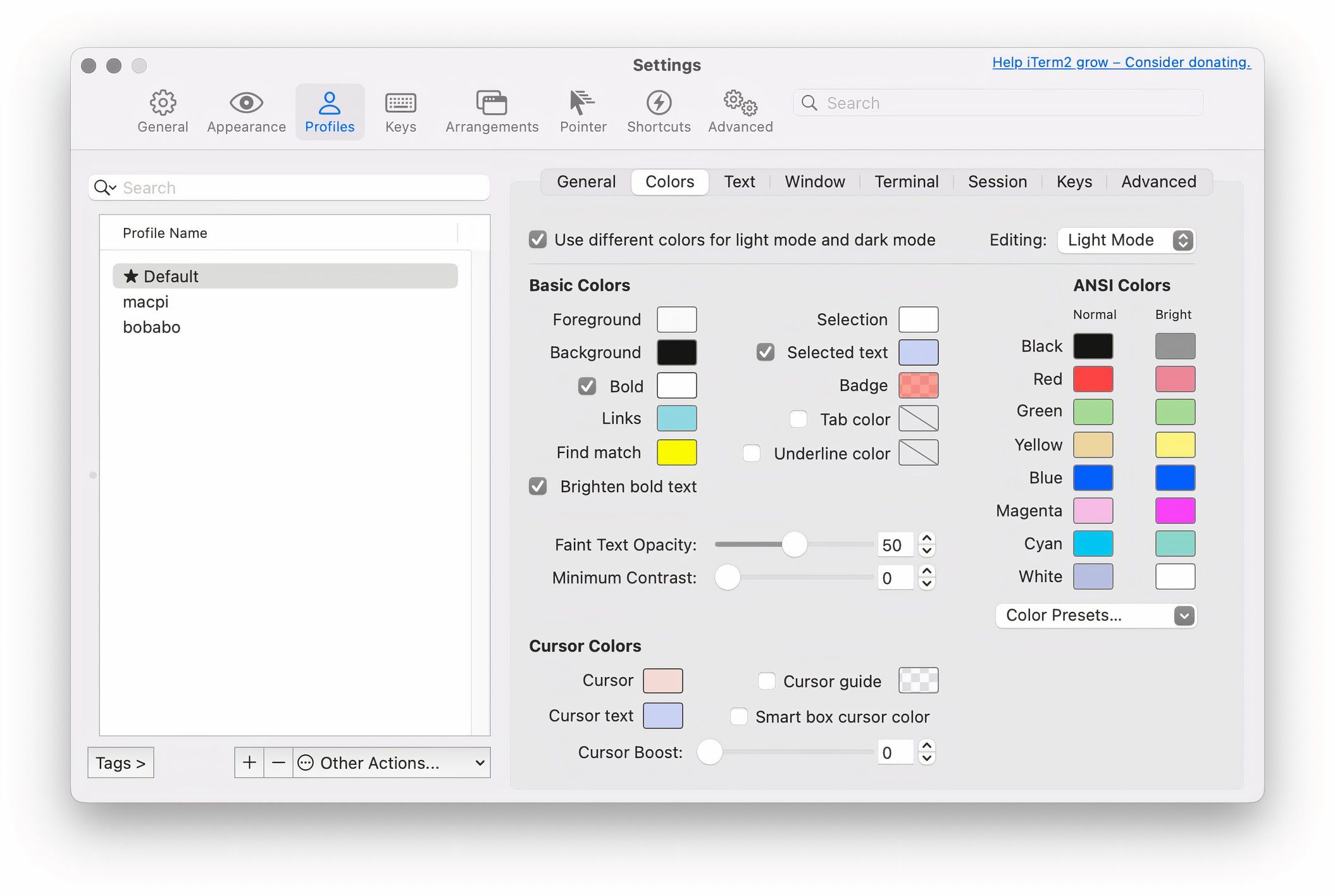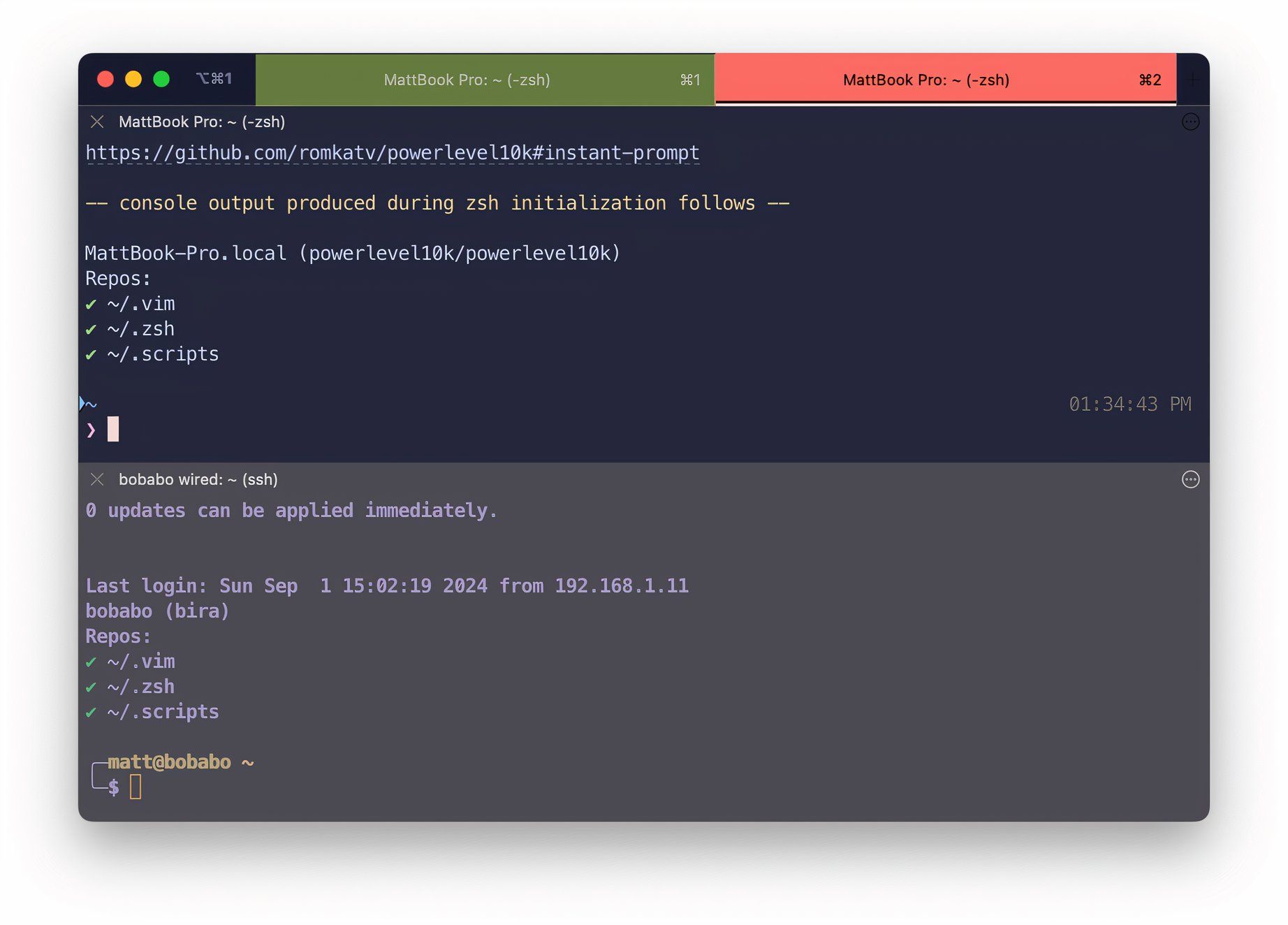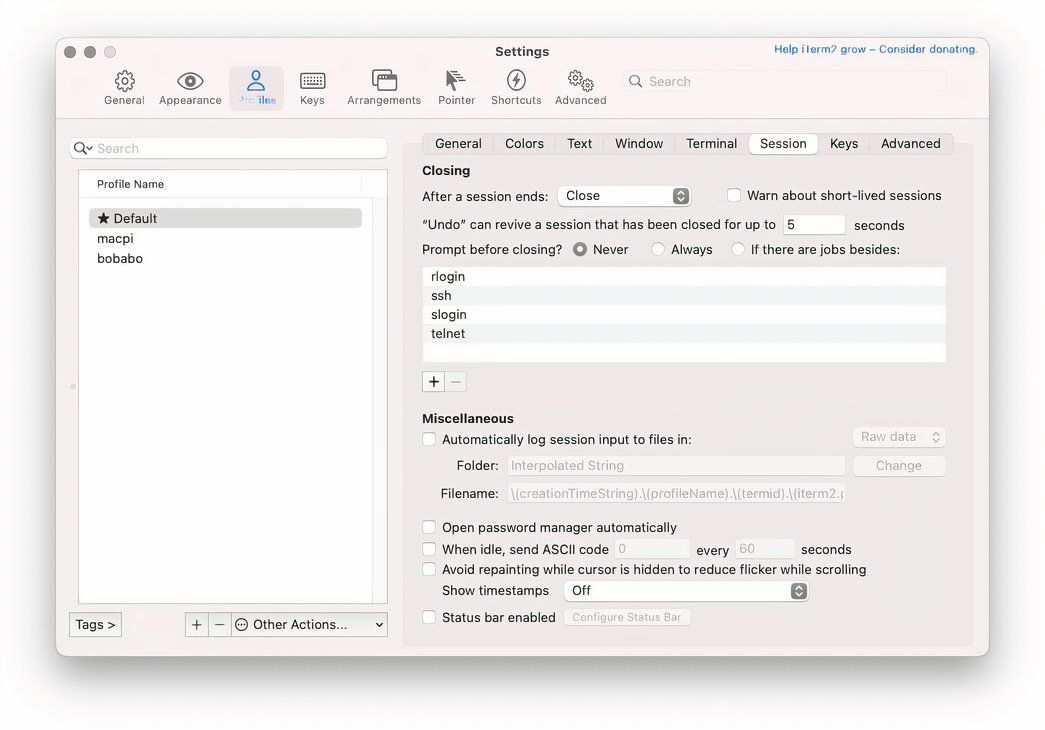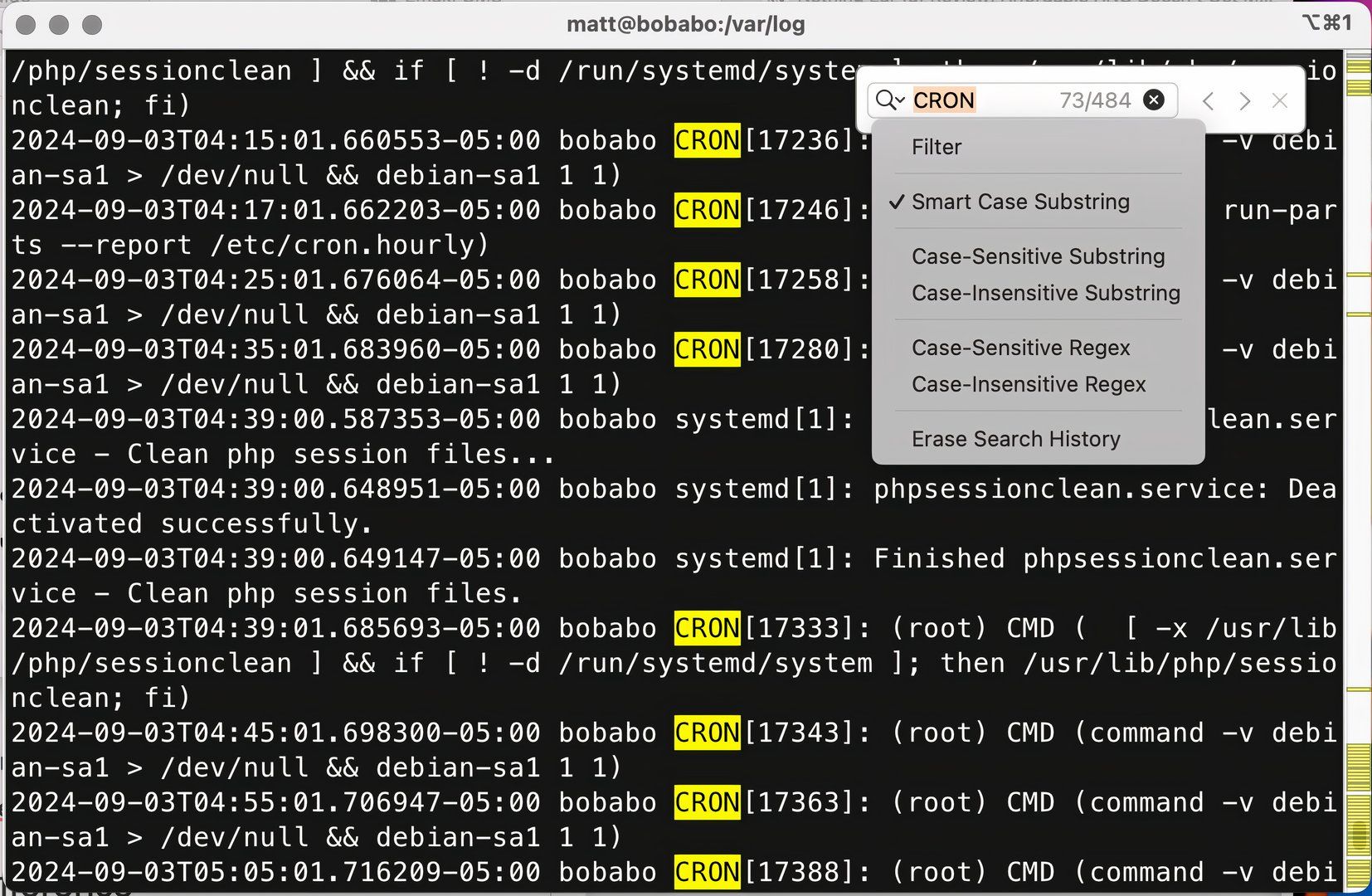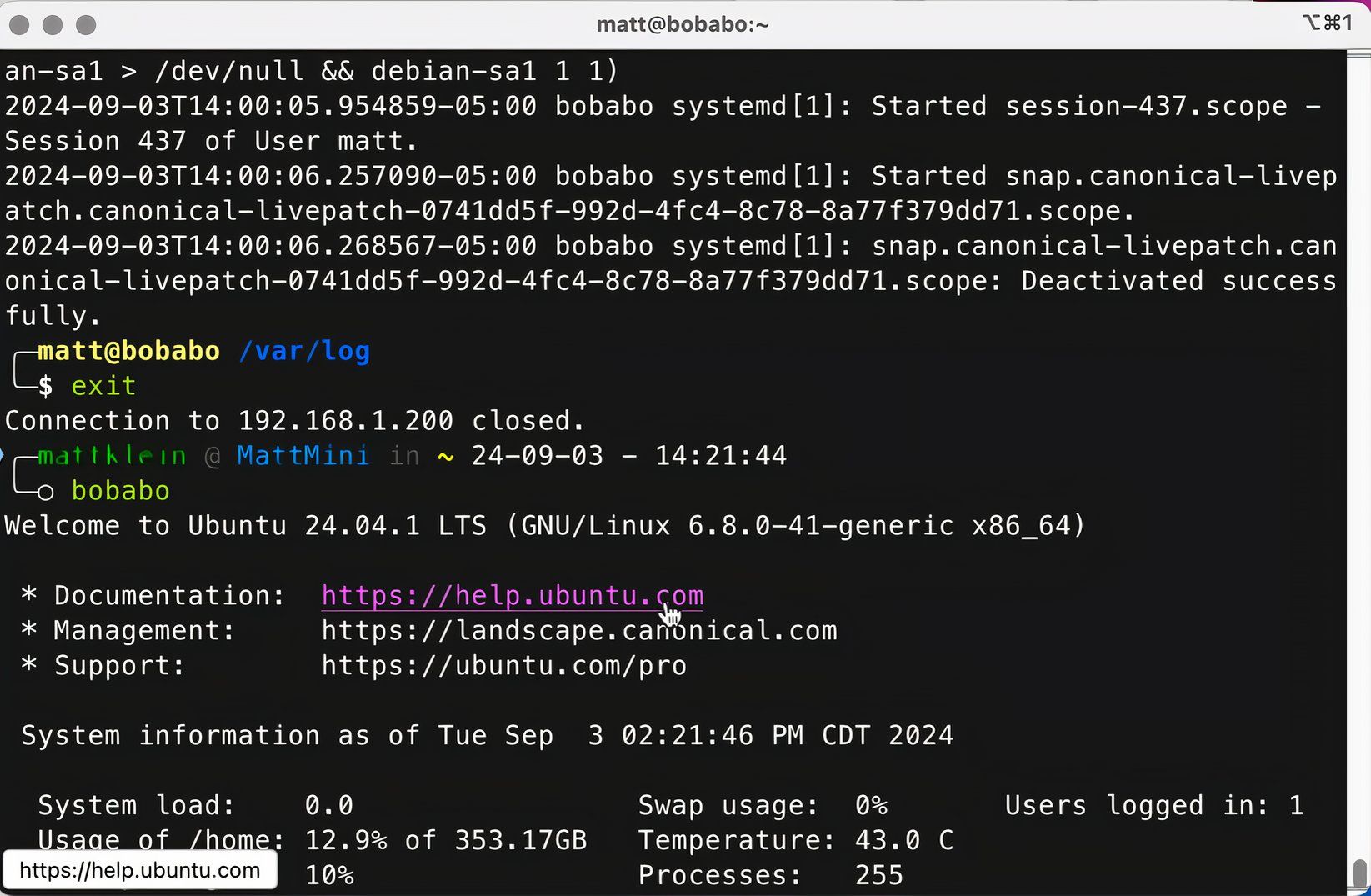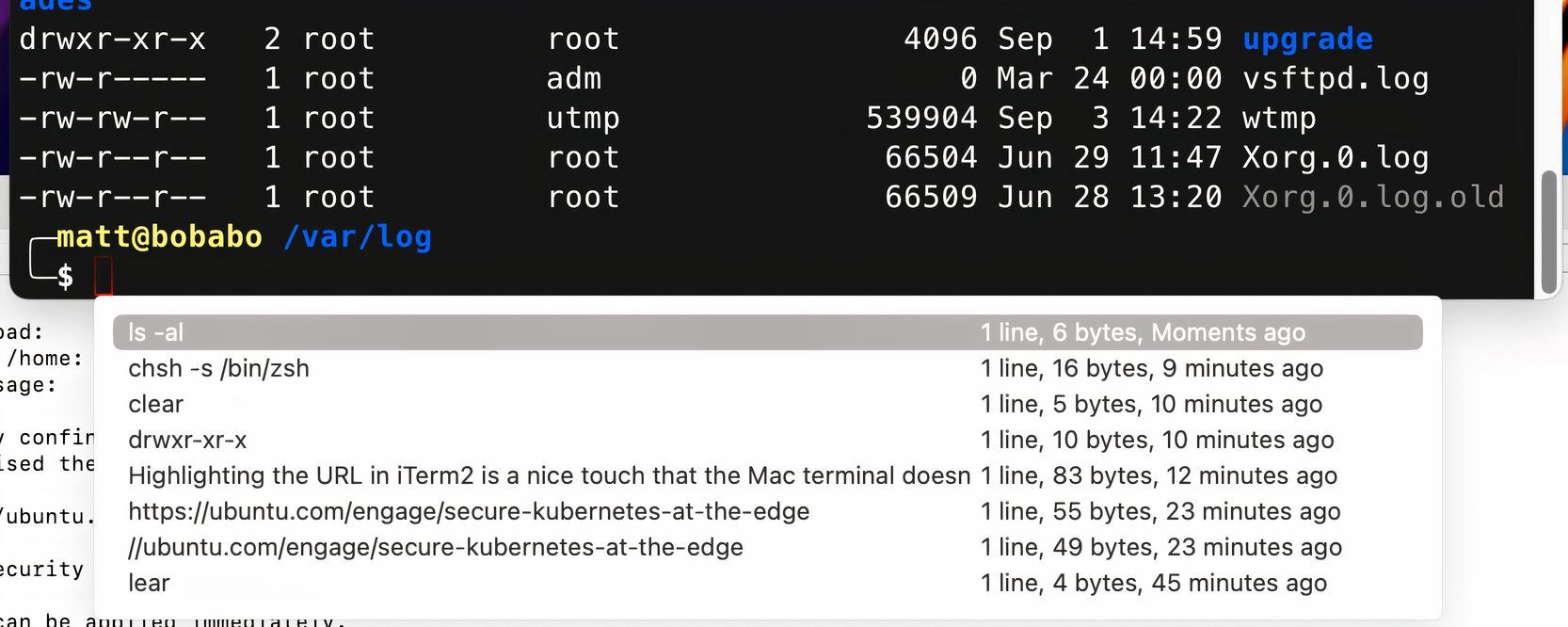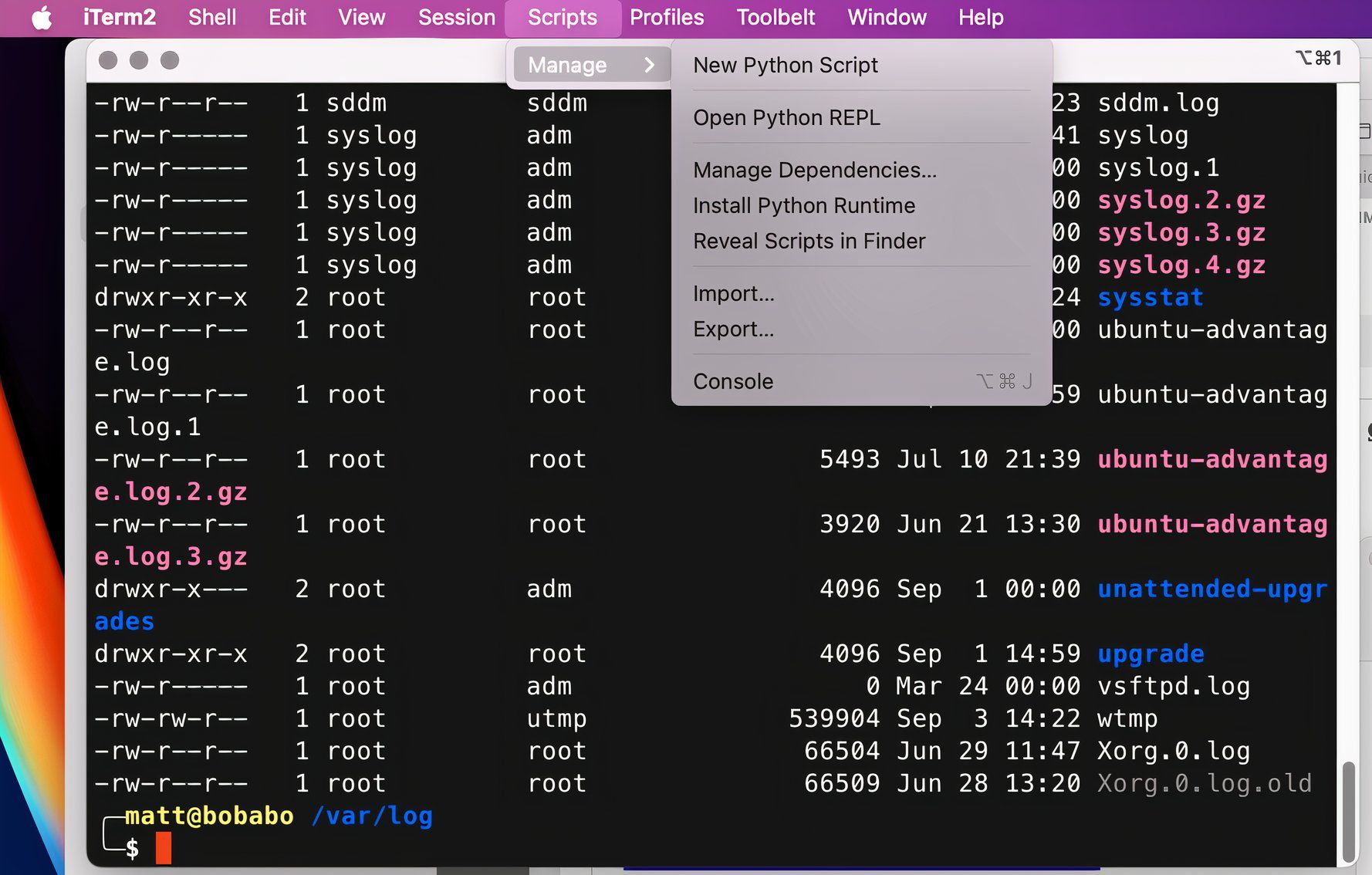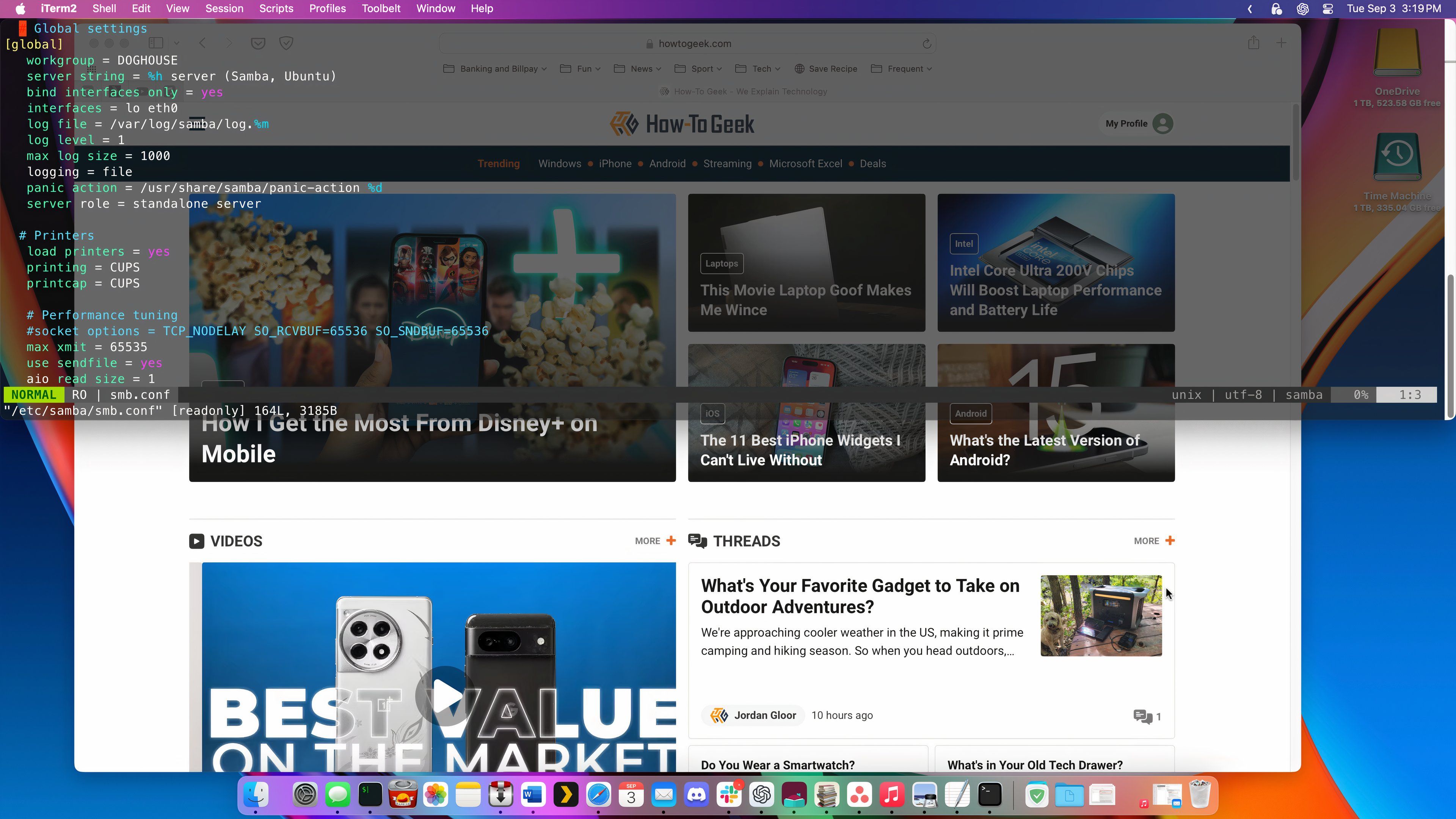Key Takeaways
- iTerm2 offers advanced customization in a free package for a more pleasant terminal experience, enhancing workflow efficiency.
- Superior features like search functionality, mouse reporting, and paste history enhance usability and convenience.
- iTerm2 boasts robust scripting support, hotkey customization, tool integration, and optimized performance for advanced users.
I got bored with Apple’s boring Terminal app, so I switched to iTerm2 for a more robust and feature-packed experience. The result is more customization options, powerful scripting possibilities, and seamless session management. Best of all, it’s free!
I Replaced Terminal with iTerm2
The default Mac Terminal—or to be exact: terminal emulator—is fine. It’s there, and it will do the job. But if you use the command line frequently, then it starts to show its limitations.
I have command-line needs that outstrip what the default application offers and I needed something better. If you can customize your command prompt with Oh My Zsh, or make it look like an old school, retro computer, or even make your terminal text full of rainbows, why not use a terminal application that gives you similar types of options?
There are many terminal replacements, and they all have their own selling points. What I wanted was richer customization, profiles, better scripting support, and something that the basic Mac terminal simply can’t offer: a more pleasant terminal experience.
I settled on iTerm2, because it seems to have everything I want now, or will need later on as my terminal use changes and evolves.
Customization and Workflow Management
The key features that appeal to me most about iTerm2 are its customization options and its workflow enhancements.
Supercharged Customization Options
The sheer number of options might seem daunting at first, but once you see how much you can tailor your terminal environment, you won’t want to go back. From adjusting color schemes and fonts to configuring transparency and blur effects, I was able to create something that not only looks good but is also easy on my aging eyesight.
My favorite feature is the ability to create different profiles for different machines, customizing each to easily tell them apart. This helps me switch between contexts effortlessly while keeping my workflow consistent.
Tab Management
Apple’s Terminal app has tabs and that’s about it. iTerm2’s tab management is top-notch, allowing for more organized workflows. Since you can color-code tabs and title them, it’s easy to identify different tasks and projects or manage multiple sessions simultaneously.
Once you get the hang of it, you can drag tabs into different layouts, navigate between them effortlessly, and even save these configurations for later use.
Session Management
iTerm2 includes excellent session management capabilities, allowing you to save and restore terminal sessions. This means you can pick up where you left off, with open tabs, running commands, and all terminal states intact.
If you’re working on long-term projects or frequently shifting tasks, iTerm2’s session management helps provide continuity, so you don’t have to reconfigure your environment every time.
Small Quality of Life Improvements Make a Big Difference
There’s so much packed into iTerm2 that I could talk about it all day, but here are just a few of my favorite features.
Search Functionality
While both iTerm2 and Mac Terminal allow you to search, iTerm2 offers more powerful search capabilities. It highlights all instances of a search term at once and lets you search across multiple panes, tabs, and sessions. You can even customize search options for more precision.
Mouse Reporting
Though you’re in a text-only environment, iTerm2’s mouse reporting is interactive, and its context menu puts it far ahead of Mac Terminal. You can use the mouse in vim, tmux, and htop, and iTerm2 even highlights links for easy access.
Mouse reporting behavior is also customizable in the settings, so you can get it to behave how you want.
Paste History
iTerm2’s paste history is a significant upgrade from the default Mac Terminal. It automatically keeps a history of copied or pasted text, which you can access anytime.
You can filter long paste histories to find the commands you need and configure the option to persist history across sessions.
Scripting Support
If you rely on automation, iTerm2’s scripting support will be a game-changer. While the default Mac terminal has basic capabilities, iTerm2 supports advanced scripting languages like AppleScript, Python, and its proprietary iTerm2 Automation.
You can even define triggers to automatically execute scripts based on specific text patterns or events.
Hotkeys and Shortcuts
With iTerm2, you can customize hotkeys and shortcuts extensively, assigning keybindings for nearly every action, from managing panes and tabs to creating a hotkey window for quick access from anywhere in your workflow.
Developer Environment Integration and Robust Performance
You can take iTerm2 to whatever place your needs require. It’s a complete package with robust environment integration and powerful, steady performance.
Integration with Tools
If you’re a developer, you can do a lot worse than iTerm2. It integrates seamlessly with various tools and environments, especially tmux, which allows for advanced session management and pane control.
It also integrates with developer environments like Visual Studio Code and version control systems like Git.
Enhanced Performance
Built for pros, iTerm2 handles large outputs much better than Mac Terminal. Whether working with large log files or complex command outputs, it stays responsive, ensuring minimal lag while scrolling through data.
Transitioning to iTerm2
If you’re ready to transition to iTerm2, you can simply install it in your Applications folder and replace the default Terminal for your primary terminal needs. Once you do, you should spend some time getting acquainted with the Settings menu, especially its more immediately accessible features like profiles, hotkeys, and appearance options.
Finally, if you have any existing terminal configurations or settings left over from the default terminal, such as custom commands or environmental variables, you can import those and tweak them in iTerm2 to better ensure a smooth transition.
iTerm2 offers a powerful upgrade from the default macOS Terminal with its extensive customization, robust scripting capabilities, and advanced session management. It enhances efficiency with features like superior search functionality, improved mouse reporting, and comprehensive paste history.
Its seamless tool integration and performance optimization make it a worthwhile choice for users seeking a more flexible and efficient terminal experience. Transitioning is straightforward and rewarding for those looking to improve their command-line workflow.
Looking to get started with the macOS command-line? Check out some essential Mac terminal commands that every user should know.


